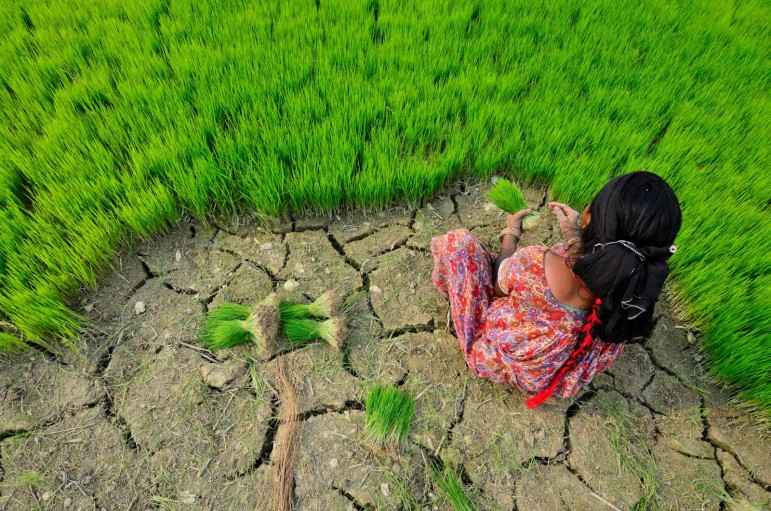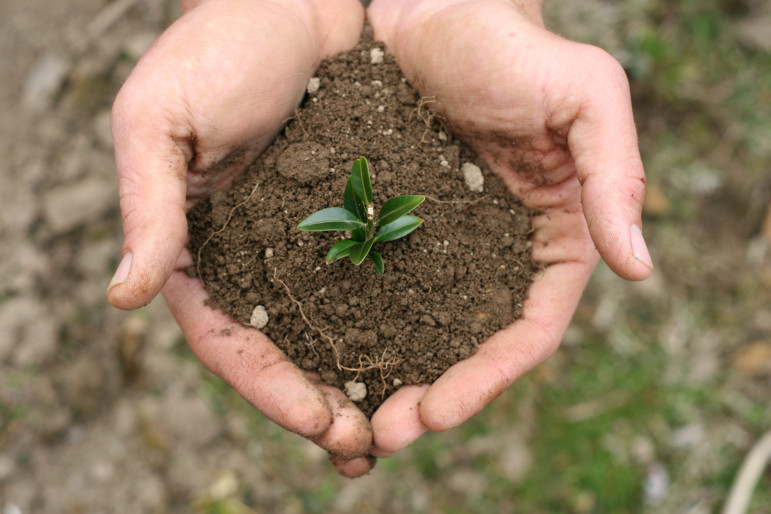Holistic Management Grounded in Evidence
For many years, large areas of grasslands around the world have been turning into barren deserts. This process, called desertification, is happening at an alarming rate and plays a critical role in many of the world’s most pressing problems, including climate change, drought, famine, poverty and social violence. One major cause of desertification is agriculture—or the production of food and fiber from the world’s land by human beings for human beings. In the past, large wild herds of grass-eating herbivores migrated and were pushed along by predators over the grasslands. These herds grazed, defecated, stomped and salivated as they moved around, building soil and deepening plant roots. Over time, the wild herds were largely replaced by small numbers of domestic, sedentary livestock and populations of predators were mostly destroyed. Without the constant activity of large numbers of cattle, the cycle of biological decay on the grasslands was interrupted and the once-rich soils turned into dry, exposed desert land.
Forty years ago, Allan Savory developed Holistic Management, an approach that helps land managers, farmers, ranchers, environmentalists, policymakers and others understand the relationship between large herds of wild herbivores and the grasslands and develop strategies for managing herds of domestic livestock to mimic those wild herds to heal the grasslands. Holistic Management is successful because it is a cost-effective, highly scalable, and nature-based solution. It is sustainable because it increases land productivity, livestock stocking rates, and profits.
Today, there are successful Holistic Management practitioners spread across the globe, from Canada to Patagonia and from Zimbabwe to Australia to Montana. More than 10,000 people have been trained in Holistic Management and its associated land and grazing planning procedures and over 40 million acres are managed holistically worldwide.
Evidence Supporting Holistic Management
The Savory Institute empowers people to properly manage livestock by teaching them how to use Holistic Management, connecting them in ways that have benefits for everyone, and removing barriers along the path to success. Many of our key audiences such as policymakers, landowners and investors want evidence that shows Holistic Management works to achieve large-scale environmental, economic, and social benefits.
To meet this need, the Savory Institute is working to measure impact by monitoring the health of ecosystem processes, sequestration of atmospheric carbon into soil carbon, well-being of our communities, as well as our financial vitality. The following portfolio that proves the principles behind Holistic Management includes peer-reviewed journal articles, theses and dissertations, and reports.
View the Savory Institute Evidence Portfolio Online
Download the Savory Institute Portfolio of Scientific Findings (PDF)



